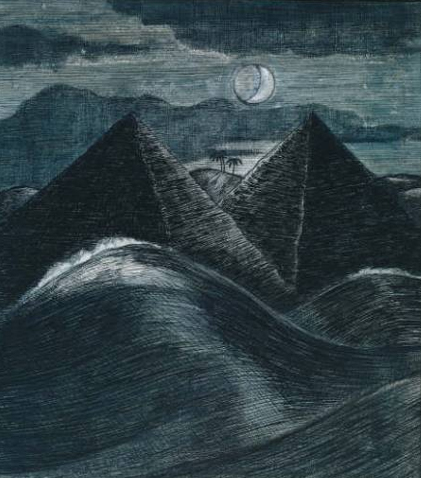Andrew Graham-Dixon talked to its director Nicholas Serota
IT WAS Picasso who said that 'Museums are just a lot of lies.' He was (as usual) overstating his case, but he had a point. Museums have traditionally been places where half-truths - the compartmentalisation of certain artists into 'schools', the art historical preconception that this painter is necessarily more important than that - are given the status of unchallengeable certainties. Every museum offers a hierarchy made visi-ble.
But at the Tate Gallery, it would seem, all that is in the past. Nicholas Serota, the Tate's director for little more than a year, has just completed his rehang of the entire collection. It is a revelation: not just because Serota has, at last, done something about the Tate's traditionally appalling standards of display (the new Tate looks magnificent), but because he has revised the whole notion of what it is that a great museum should aim to do and be.
Consider, first, what is not on view at the rehung Tate. No Pop Art (which means no Whaaam!, and means too that the Tate's most visited picture, Hockney's portrait of Mr and Mrs Ossie Clark with Percy, is in store); no St Ives painting; no Camden Town or Euston Road or Seven and Five Group. It is the price paid for Serota's decision to show what he wants to show in strength and depth: for instance 'Bloomsbury and Vorticism', previously a mere subset of Cubism, gets a whole gallery (14 on the plan: see Listings, page 29) for the first time.
Serota's omissions look incomprehensible if they are judged by traditional criteria: surely it should be the priority of any museum to make sure that as many as possible of its unquestioned masterpieces are on view at any one time? But such...


